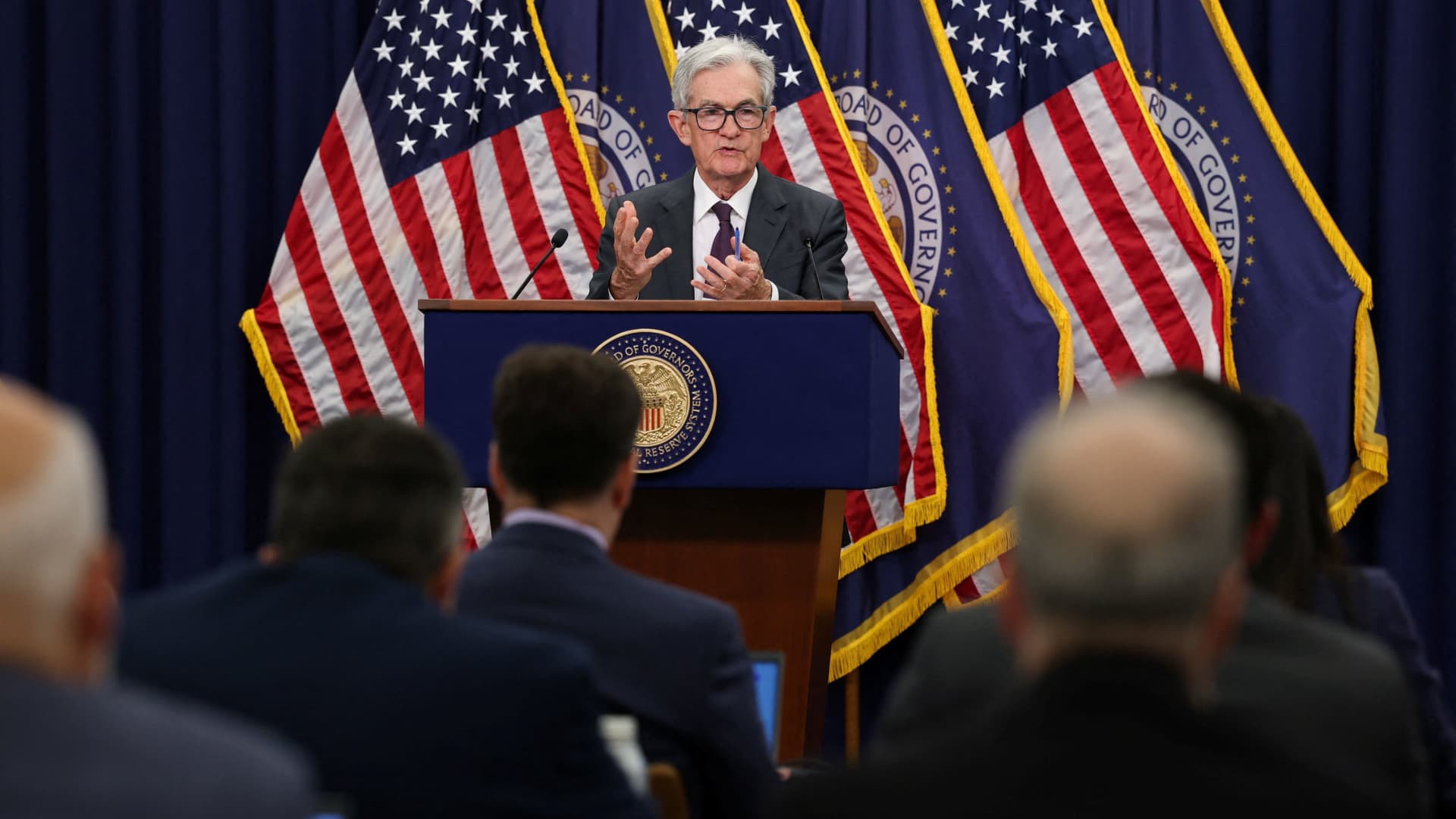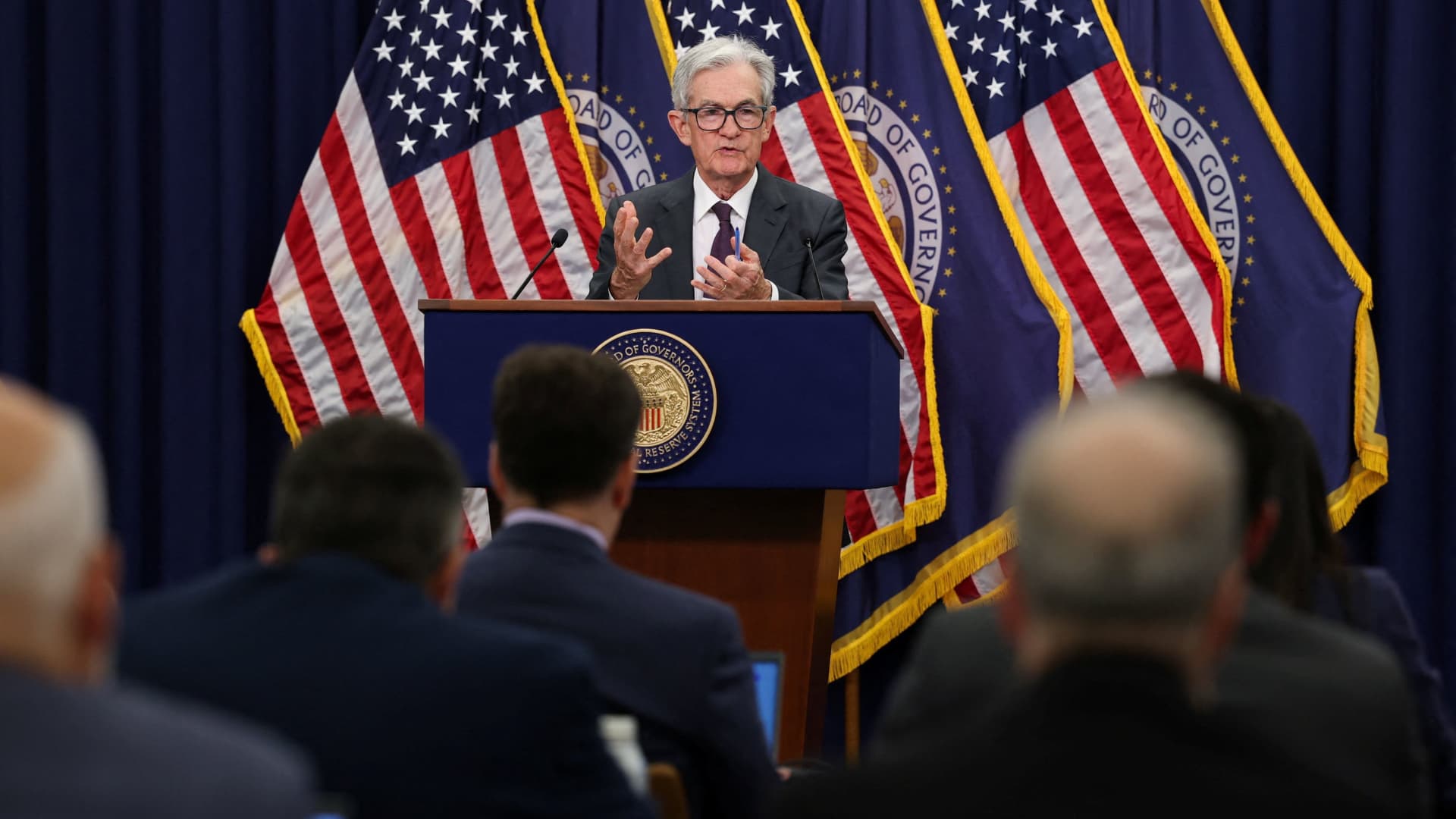The Cramer-Powell Dynamic in a Turbulent Economy
Introduction: The Intersection of Market Commentary and Monetary Policy
In the ever-evolving landscape of financial markets and economic policy, few figures command as much attention as Jim Cramer and Jerome Powell. Cramer, the charismatic host of CNBC’s “Mad Money,” is known for his passionate and often provocative takes on market trends and Federal Reserve policy. Powell, the chair of the Federal Reserve, holds the reins of the nation’s monetary policy, steering the economy through turbulent waters. The interplay between these two influential figures offers a fascinating lens through which to examine the broader economic debates and challenges facing the U.S. economy.
The Urgency of Rate Cuts: A Response to Economic Signals
Cramer’s recent calls for the Federal Reserve to cut interest rates are rooted in his interpretation of key economic indicators, particularly the labor market. Following a jobs report that fell short of expectations, Cramer argued that the Fed should act swiftly to lower rates. This stance is not merely a reactionary measure but a strategic move to preempt a potential economic slowdown. By advocating for rate cuts, Cramer is essentially pushing for a Keynesian approach to economic management, where government intervention through monetary policy can stimulate demand and support economic growth.
The urgency in Cramer’s tone reflects a deeper concern about the potential consequences of high interest rates. While these rates are intended to curb inflation, they can also stifle economic activity by making borrowing more expensive for businesses and consumers. Cramer’s fear is that the Fed’s current policy might be inadvertently hampering job growth and wage increases, which are critical for sustaining consumer spending and overall economic health.
Evaluating Powell’s Leadership: A Mixed Bag of Praise and Criticism
Cramer’s views on Jerome Powell have been a study in contrasts, oscillating between admiration and criticism depending on the economic context and the Fed’s actions. At times, Cramer has praised Powell, even dubbing him “the People’s Fed Chief” for his focus on employment and the broader social impact of monetary policy. This positive assessment highlights Cramer’s appreciation for a Fed chair who is mindful of the human element in economic decision-making.
However, Cramer has also been vocal in his criticism of Powell, particularly when he believes the Fed is making policy errors. He has accused Powell of being too slow to address inflation, raising rates too aggressively, and misinterpreting economic data. This back-and-forth reflects the inherent challenges of leading the Federal Reserve, where decisions are made based on imperfect information and are subject to intense scrutiny.
The Political Tightrope: Balancing Policy and Politics
The relationship between the Federal Reserve and the White House has always been a delicate one, and this dynamic has been particularly pronounced during Donald Trump’s presidency. Trump’s frequent attacks on Powell and the Fed for raising interest rates have added a layer of complexity to the Fed’s decision-making process. Cramer has weighed in on this political dimension, sometimes aligning with Trump’s concerns about the impact of rate hikes but also cautioning against political interference in the Fed’s independence.
Cramer’s stance on this issue underscores the importance of maintaining the Fed’s autonomy. He argues that firing Powell would only serve to undermine market stability and investor confidence. This perspective is crucial, as the Fed’s credibility is largely built on its ability to make decisions based on economic fundamentals rather than political pressures.
The Broader Economic Landscape: Inflation, Recession, and Sector-Specific Challenges
Cramer’s commentary often extends beyond immediate policy debates to encompass broader economic trends and challenges. He has warned of a potential recession, citing rising interest rates and global economic headwinds. His analysis also delves into the impact of economic policies on specific sectors, such as the service industry, which he believes may require additional support to fully recover.
This sector-specific approach is a testament to Cramer’s nuanced understanding of the economy. He recognizes that different parts of the economy may respond differently to monetary policy and fiscal stimulus. This perspective is invaluable in crafting policies that address the diverse needs of the economic landscape.
The Synthesis of Data and Market Sentiment
Cramer’s analysis is not merely based on economic data or market trends in isolation. Instead, he blends these elements with his observations of investor sentiment to provide a more comprehensive view of the economic landscape. For instance, his interpretation of the jobs report combines statistical data with an assessment of how the market is reacting to the news. This holistic approach allows him to offer insights that are both timely and relevant.
Moreover, Cramer’s extensive experience in the financial industry enables him to provide unique perspectives on investor behavior and market dynamics. His commentary reflects a deep understanding of the interplay between economic fundamentals and market psychology, making his analysis particularly valuable in navigating the complexities of the financial markets.
The Need for Prudent and Adaptive Monetary Policy
At the heart of Cramer’s commentary is a call for prudent and adaptive monetary policy. His advocacy for rate cuts, his fluctuating assessments of Powell’s performance, and his concerns about the broader economic context all point to the need for the Fed to carefully calibrate its policies. The Fed must strike a delicate balance between controlling inflation and promoting economic growth, a task that requires constant vigilance and adaptability.
Conclusion: The Economic Oracle and the Fed’s Tightrope Walk
Jim Cramer’s role as an economic commentator is to provoke thought and stimulate debate about the direction of the economy and the policies needed to ensure its health. While his opinions may not always be universally embraced, they serve as a valuable reminder of the complexities and uncertainties that policymakers face. As the Fed navigates the delicate balance between controlling inflation and promoting economic growth, the voices of commentators like Jim Cramer will continue to play a vital role in shaping the public discourse and holding policymakers accountable. In the end, the interplay between Cramer’s market insights and Powell’s monetary policy decisions offers a compelling narrative of the ongoing economic tightrope walk.












